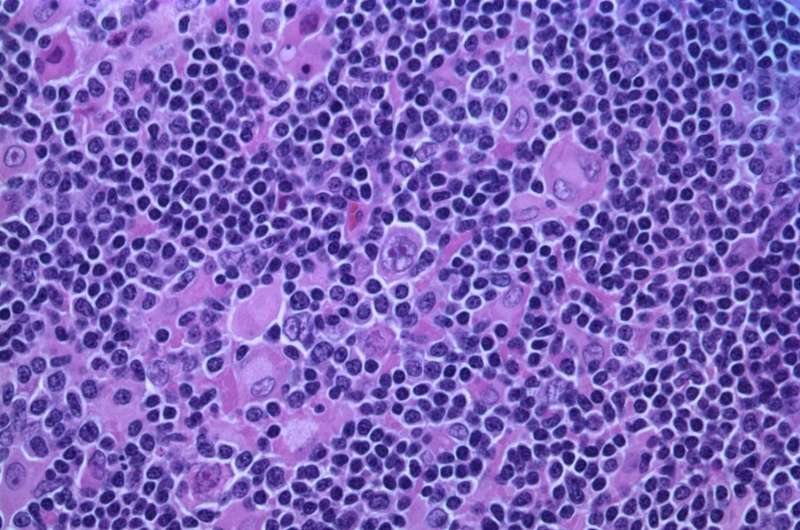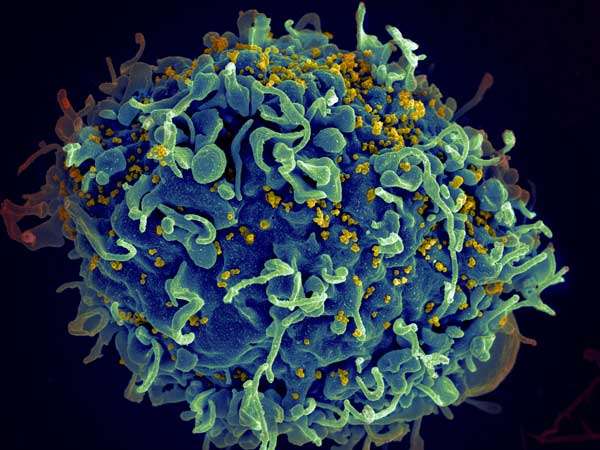Consuming Animal Protein Post-Workout Enhances Recovery, New Study Shows

A new study highlights that consuming animal protein, such as pork, after intense training can significantly enhance recovery, reduce muscle soreness, and improve hormonal responses, compared to plant-based proteins. Fortifying plant-based meals with essential amino acids and creatine may bridge the gap for vegetarians and vegans.
Recent research from Texas A&M University’s Department of Kinesiology and Sport Management highlights the significance of protein type in post-exercise recovery. The study focused on how different protein sources included in military-style meals ready-to-eat (MREs) influence recovery in members of the Corps of Cadets after completing the Army Combat Fitness Test (ACFT). Led by Dr. Richard Kreider, a veteran researcher in sports nutrition and creatine, the investigation examined the effects of pork-based versus plant-based proteins.
Creatine, a vital compound stored in muscles and essential for energy production and recovery, is predominantly found in animal proteins such as meat and fish. While the typical recommended daily intake is 2-4 grams, many individuals—particularly vegetarians and vegans—tend to fall short, which may impede post-training recovery, especially when combined with limited intake of essential amino acids.
The 2023 meal plan for military personnel included nine plant-based options and 14 animal-based options, with only one meal featuring pork as its main protein source. Given pork’s richness in both creatine and essential amino acids, researchers compared recovery markers between those consuming pork-based and plant-based MREs.
Participants, in a controlled four-day protocol, consumed pre-exercise meals, performed the rigorous ACFT—including sprints, weightlifting, and dragging exercises—and then received standardized MREs three times daily over the next three days. Biomarkers such as blood and urine indicators, muscle soreness, and cognitive performance were closely monitored. On the third day, the cadets repeated the fitness test to assess recovery.
Findings revealed that cadets who ate pork-based MREs experienced less muscle soreness, lower nitrogen excretion (a sign of muscle breakdown), and diminished inflammation compared to their plant-based counterparts. Hormonal responses improved as well, with more favorable testosterone-to-cortisol ratios observed in the pork group.
The study indicated that despite equal total protein amounts—each MRE contained 45 grams—plant-based proteins inherently had 30-40% fewer essential amino acids and negligible creatine. Thus, fortifying plant-based MREs with 6-10 grams of essential amino acids and 2-3 grams of creatine monohydrate might enhance recovery and performance, especially for those on vegetarian diets.
Kreider emphasized the broader implications, suggesting that diets low in creatine and high-quality protein could hinder recovery and performance not only in military contexts but also in sports and aging populations. The findings underscore the importance of protein quality and composition for optimal post-exercise recovery.
This research was published in the journal Nutrients, providing valuable insights into improving dietary strategies for athletes and military personnel alike, with potential benefits extending to general health and aging populations.
Source: [https://medicalxpress.com/news/2025-09-animal-protein-recovery.html]
Stay Updated with Mia's Feed
Get the latest health & wellness insights delivered straight to your inbox.
Related Articles
Lymphoma's Impact on Aging of Immune System and Tissues Beyond Treatment
A recent study reveals that lymphoma can accelerate aging in immune cells and tissues, independent of treatment, shedding light on systemic effects of cancer beyond tumor growth.
Expanding Optician Roles to Reduce Eye Care Wait Times and Prevent Blindness
A groundbreaking study by Cardiff University demonstrates how empowering optometrists to manage eye conditions can reduce wait times and prevent blindness, ensuring timely eye care in the community.
Monthly Oral Pill Shows Promise as Long-Acting HIV Prevention Drug Candidate
A new long-acting monthly oral medication shows promise as an effective pre-exposure prophylaxis option for HIV, potentially improving adherence and accessibility globally.
Innovative Statistical Method Uncovers Hidden Genetic Pathways in Complex Diseases
A new computational approach called the Causal Pivot unlocks hidden genetic pathways in complex diseases, paving the way for personalized genetic medicine and targeted therapies. Developed through a collaboration between Rice University, Baylor College of Medicine, and Texas Children's Hospital, this method enhances disease classification by identifying true biological causes, even with limited data.



